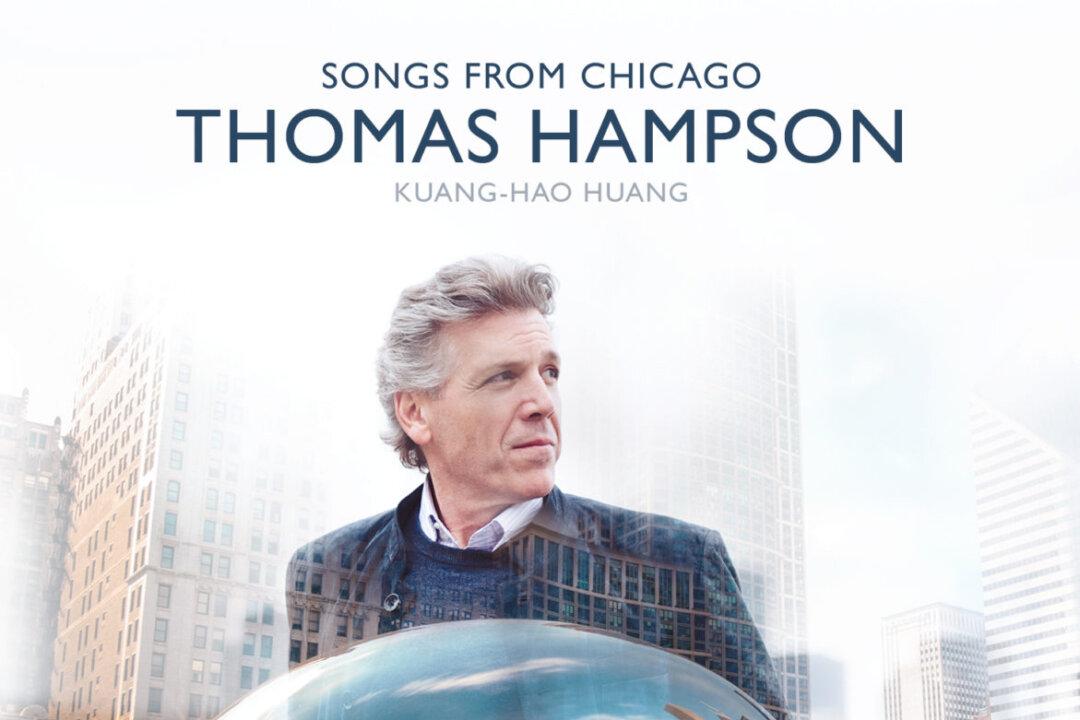Marvin Hamlisch (1944–2012) was born in New York City and at age 7 became the youngest student to attend the Juilliard School of Music. He became one of the most popular and award-winning songwriters of his time, winning the Pulitzer Prize, Emmy, Grammy, Oscar, and Tony awards. The only other person to accomplish that feat was Richard Rodgers.
To honor Hamlisch, Varèse Sarabande Records has just released “Play It Again, Marvin! A Marvin Hamlisch Celebration,” a recording of a live performance by the Kalamazoo Symphony Orchestra, conducted by J. Ernest Green with singers and instrumental soloists.






